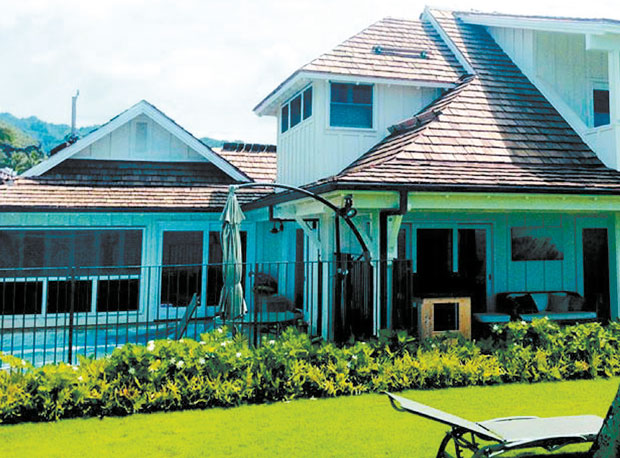Like many professions, the field of construction has its own lingo. Many homeowners needing a new roof usually find themselves in this situation due to unfavorable circumstances, like a leaky or damaged roof after a storm.
The need for attention to this type of circumstance is usually urgent. In other cases, homeowners have the opportunity to research and shop around, to find the perfect roof for their new or existing home. Having a fundamental understanding of basic roofing terminology, systems and the standard for installation practice, can empower the homeowner with the ability to be certain of their product and contractor choices.
Here’s some roofing terminology that every homeowner should know:
A square: Roofers typically don’t measure using “square feet.” Instead, when discussing the size of your project, they will typically refer to it as “such and such squares.” A square is the basic unit of measurement for most roofing contractors, and it is the equivalent of a 10-foot by 10-foot area.
Drip edge: An L-shaped strip (usually metal) installed along roof edges, to allow the water to run off, to drip clear off the deck, eaves and siding.
Eave: The overhanging edge of a roof.
Fascia: This is the flat board that runs horizontally around your home, made of wood. If you have gutters installed, this is the board the gutters are attached to, or run along beside. When reroofing your home, wood rot may be found in these areas.

Flashing: A corrosion resistant metal, designed to terminate roofing at walls, chimneys or penetrations through the roof.
Ridge: The top or peak of a roof.
Sheathing: The boards or sheet materials that are fastened to rafters, to cover a house or building.
Soffit: The exposed surface beneath the overhanging section of a roof eave. It can also refer to the horizontal underside of similar architectural structures, such as an archway, a staircase or a ceiling. Most soffits are made from vinyl, an effective material for withstanding the degradation that comes from heat and moisture exposure.
Underlayment: Primarily used to separate the roof covering from the roof deck, shed water and provide secondary weather protection for the roof area of the building.
Valley: Junction where two roof plains meet, where the water flows down the roof to the gutter.
By better understanding the components of a roofing system, you can identify problem areas and better communicate your needs and wants regarding your new roofing system. Surface Shield Roofing prides itself on offering an array of full roofing systems, from tile and metal to shingle and Thermoplastic Polyolefin (TPO).
The company’s estimators provide homeowners with the roofing system that best suits their aesthetic desires and functionality needs. Call Surface Shield Roofing for your free estimate at 739-9599.
SURFACE SHIELD ROOFING
contact // 739-9599
web // www.surfaceshieldroofing.com
See more articles from: Surface Shield Roofing Company